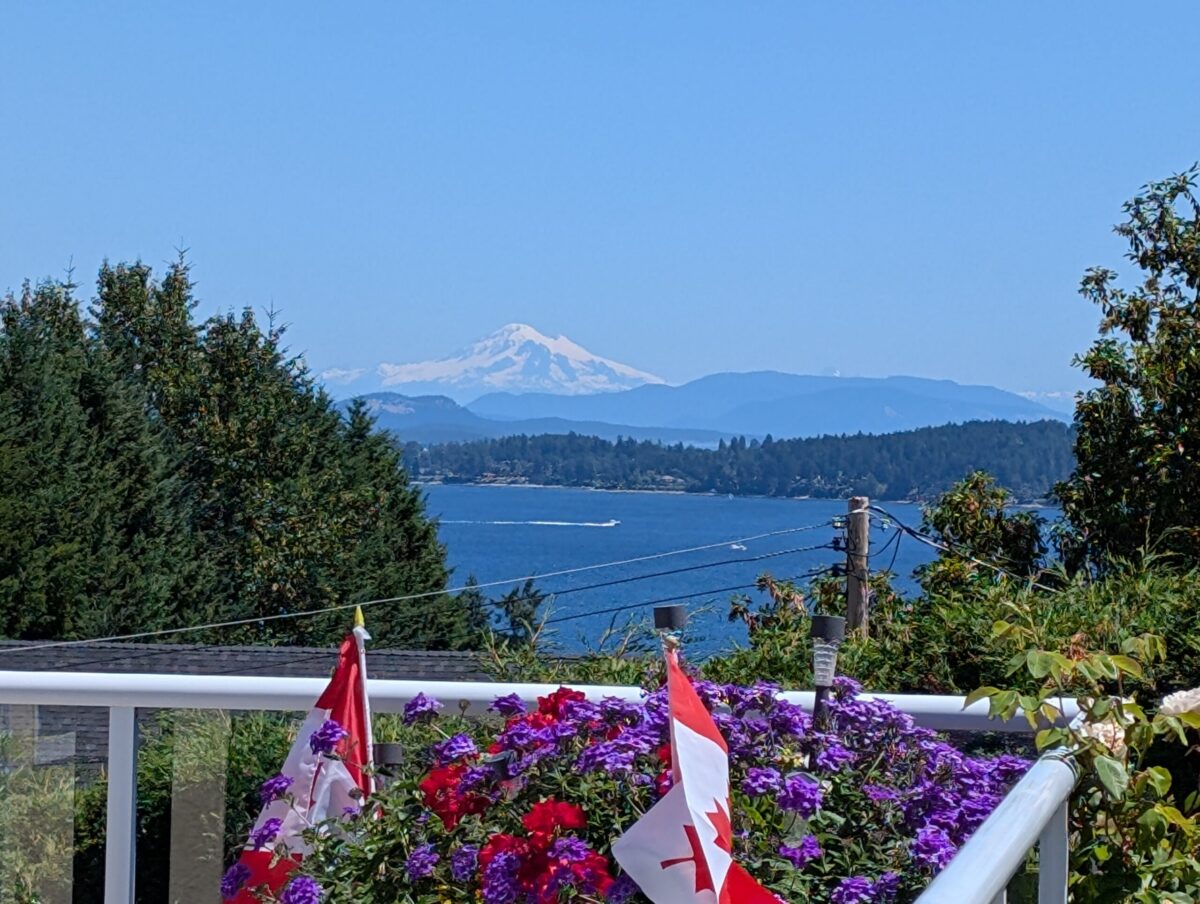An excerpt from Monk’s Orchard:
“It is not looking good Michael.” His second in command said. “I don’t think we should proceed. We should head back to Bruges.”
Michael looked about his environment. He studied the sky, measured the strength of the wind, eyed the seas then examined his sail trim. The ship was dangerously heeling to port. It took all of the strength of the helmsman to keep her on a steady course. The ship moved precariously, jerking and shuddering with each gust of wind from side to side in a very wide arch. It seemed at times that the entire ship would implode into itself by the short pounding seas. They were close to losing control. The wind was getting stronger and stronger from the northwest, whistling as it was through the rigging in a very high pitch squeal.
“I think we should be fine Henry” Michael yelled. “But to be
sure, take down the top gallants. Leave only the main sail up, furled
slightly, and one staysail. We will leave the mizzen out.” This was the
same staysail innovation and configuration that his grandfather used
during the war with Spain. The man he was named after.
Their ship, the MONK’S ORCHARD II, turned into the wind
to affect the sail changes ordered by Michael. Gingerly executed,
entirely under the watchful and experienced eye of Henry, the ship
immediately came under control and slowed down considerably.
Steering became less onerous. Henry looked at Michael and smiled.
He gave him a ‘thumbs up’ gesture. Happy with the sail change Michael yelled back at Henry telling him to stay on deck while he did some rounds below.
The sail changes ordered by Michael calmed things considerably
but this was only temporary. The wind became stronger and stronger
out of the northeast. It was almost storm force winds that challenged
their tiny ship. As Michael went below decks he was struck by the
creaks and groans of the wooden beams and planking of the ship’s
hull. Sudden lurches and gut-wrenching crashes occurred without
warning every time the ship fell forward and down into a trough or
a rogue wave crashed against the hull’s quarter. This was extremely
disconcerting if not dangerous. One could lose their balance
immediately and be seriously injured.
Below decks things were chaotic. MONK’S ORCHARD II had
not been entirely secured for sea as most times the passage from
Bruges to Southampton was a relatively calm one. Barrels, staves
and bales of cloth, wine and cheeses on the main cargo deck were
tossed about like children’s toys. Barrels in particular were a cause for concern. Loose and rolling about, they could crush a man in an instant, without any warning. A few sailors, who were off watch, tried to catch a few minutes sleep. They were being tossed about in their hammocks or bunks entirely oblivious to the dangers around them. Michael raised an alarm, roused the sailors, and ordered them to tie down anything and everything that could move about.
Suddenly a loud crash was heard about him. The ship’s bulkheads creaked and shuttered. The entire main deck above him seemed to be on the verge of collapse. He thought he detected some screams in between the noise of the seas and the wind. He turned, bounded up the ladder of the main hatch and found himself topside. What he saw terrified him. The main mast had collapsed and had crashed on to the deck. Sails and rigging were lost in a chaotic maelstrom of hemp and canvas. The large oak mast was down across the deck perpendicular to the fore and aft lines of the ship. Some of it was hanging precariously over the port side. Michael saw the danger immediately. If the large canvas sail areas fell into the sea there was a good chance that the downward pressure of the water on these sails could pull the entire ship over onto its port side. If that occurred the ship and its crew and cargo would be lost.
Check out my book Monk’s Orchard. Click on the link at the top of the page.

SJ….Out
Discover more from ShakeyJay
Subscribe to get the latest posts sent to your email.
